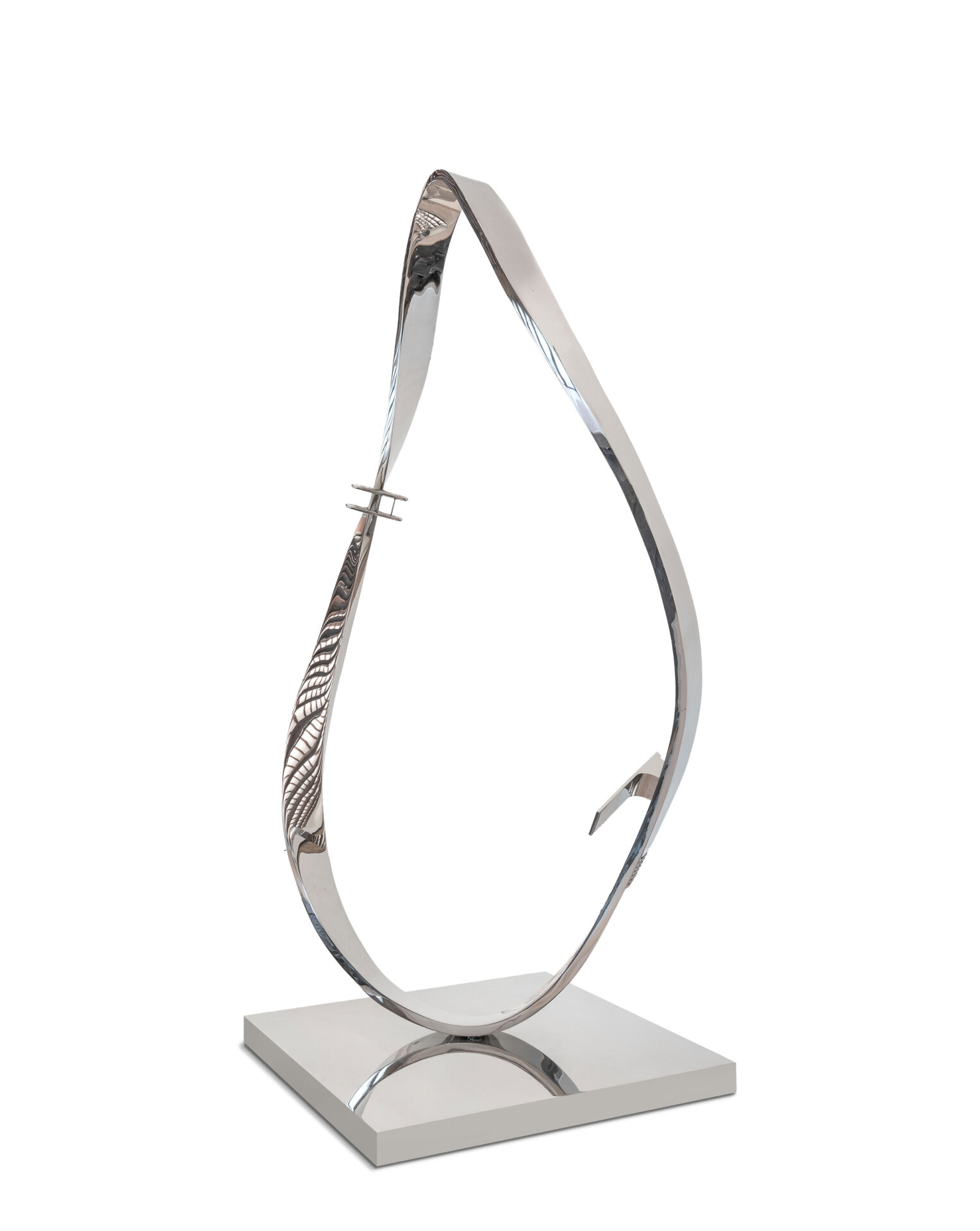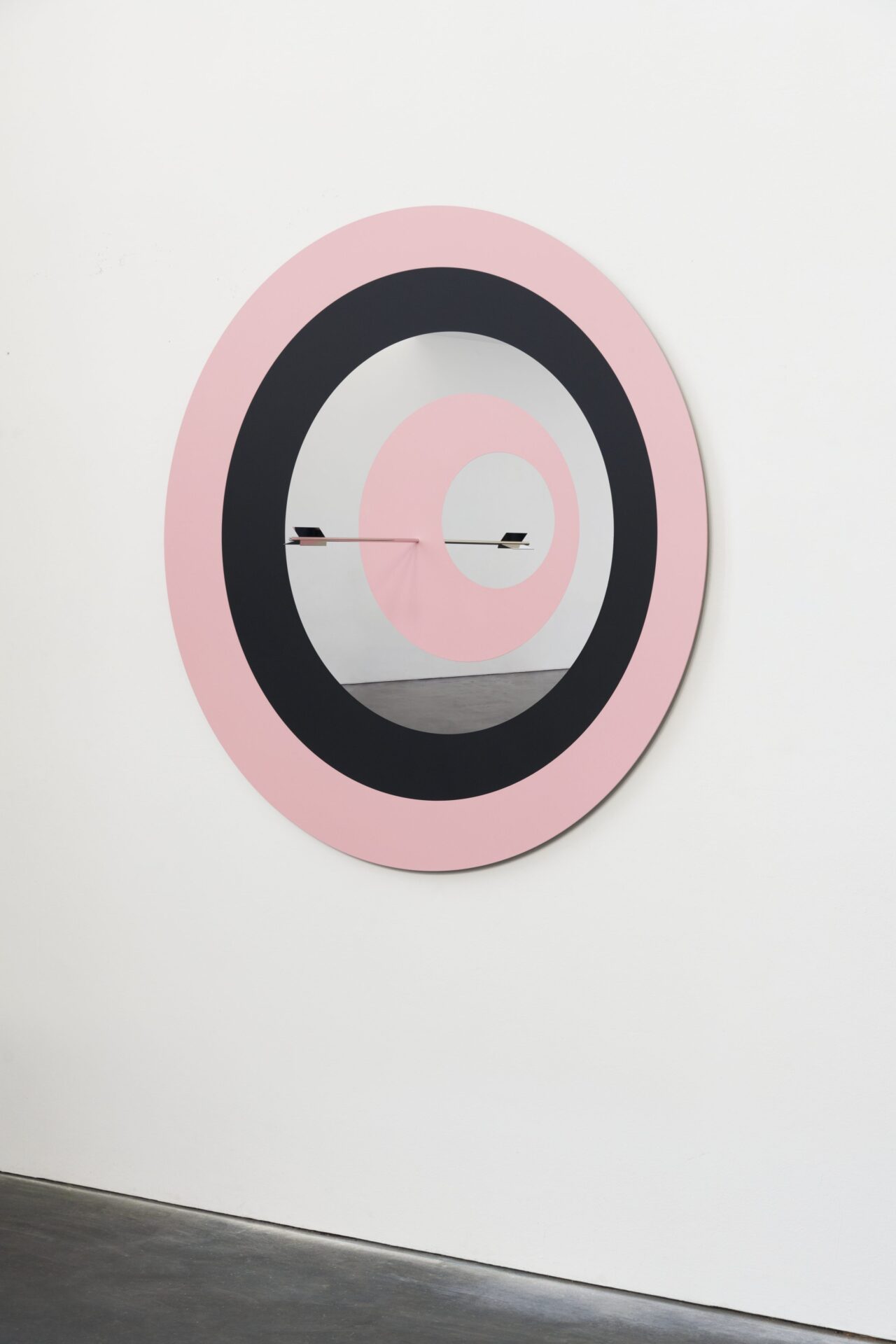Elmgreen & Dragset are a team of artists who have been working together since 1995. Their work is characterised by recontextualising objects from everyday life with a subversive humour that does not fail to engage the viewer. Intimate subjects such as gender, sexuality, death, childhood, personal relationships and the hierarchy of power constantly appear in their works.
In addition, we also find works that reflect uninterrupted actions, such as clocks whose hands do not move, doors that cannot be opened, inverted cities or swimming pools with no water. This pair of artists invites the viewer to become part of these works, to explore these disturbing worlds that they put before us.
One of their first iconic installations was Prada Marfa (2005), consisting of a Prada shop set up in the middle of the Texas desert. It was a work that followed the line of taking objects from everyday life out of their usual context to make us rethink our relationship with our surroundings.
Michael Elmgreen and Ingar Dragset have organised numerous exhibitions around the world, including the recent solo shows at the Fondazione Prada in Milan, the Whitechapel Gallery in London, the Tel Aviv Museum of Art, the Victoria & Albert Museum in London, the Rockefeller Center in New York and Tate Modern in London. In 2009, they were awarded a Special Mention at the 53th Venice Biennale for their exhibition The Collectors at the Danish and Nordic pavilions. Their work can be found in the public collections of the Centre Pompidou (Paris), the Hamburger Bahnhof (Berlin), the Migros Museum (Zürich), Moderna Museet (Stockholm), MUMOK (Vienna), the Pinakothek der Moderne (Munich) and the Boros Foundation (Berlin), among many others.
The Hortensia Herrero collection holds two works by Elmgreen & Dragset: Human Scale (Loop Pool), in which we glimpse the outline of one of their iconic swimming pools with a diving board in polished stainless steel, and On Target, a target, also in stainless steel, with some non-concentric circles that are displaced to one side. Again, everyday objects are taken out of their usual contexts to interrogate us about the conventionalities of life.

